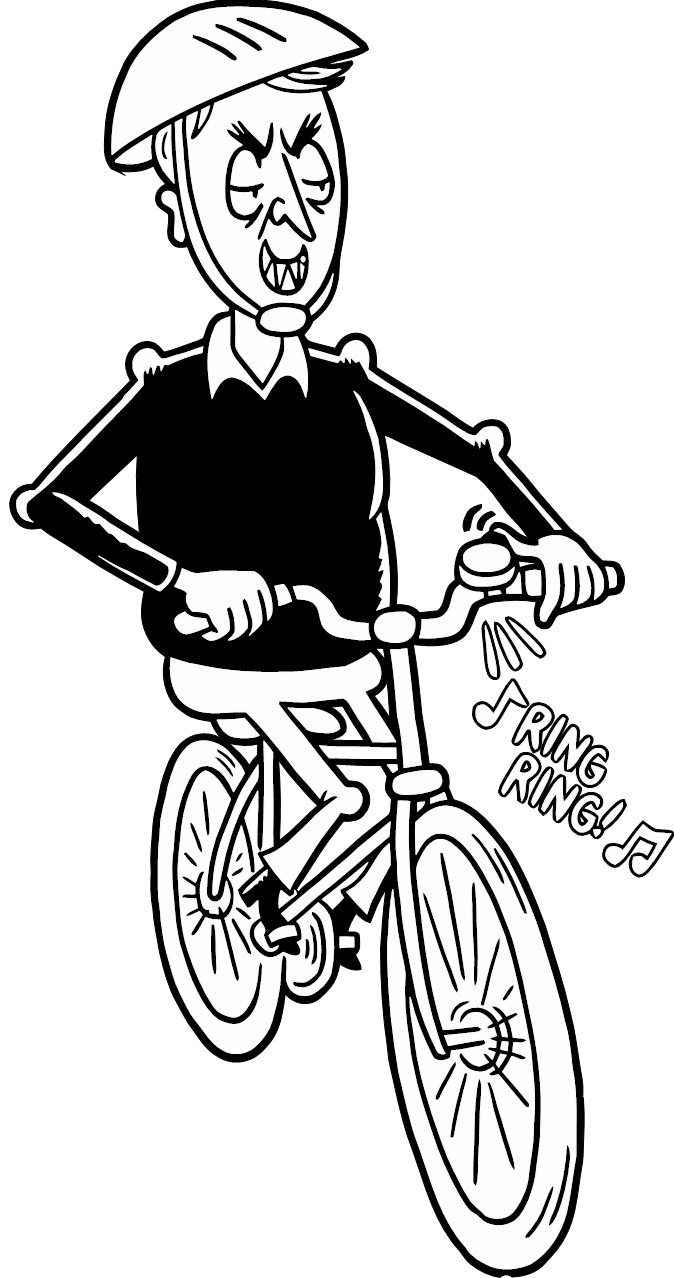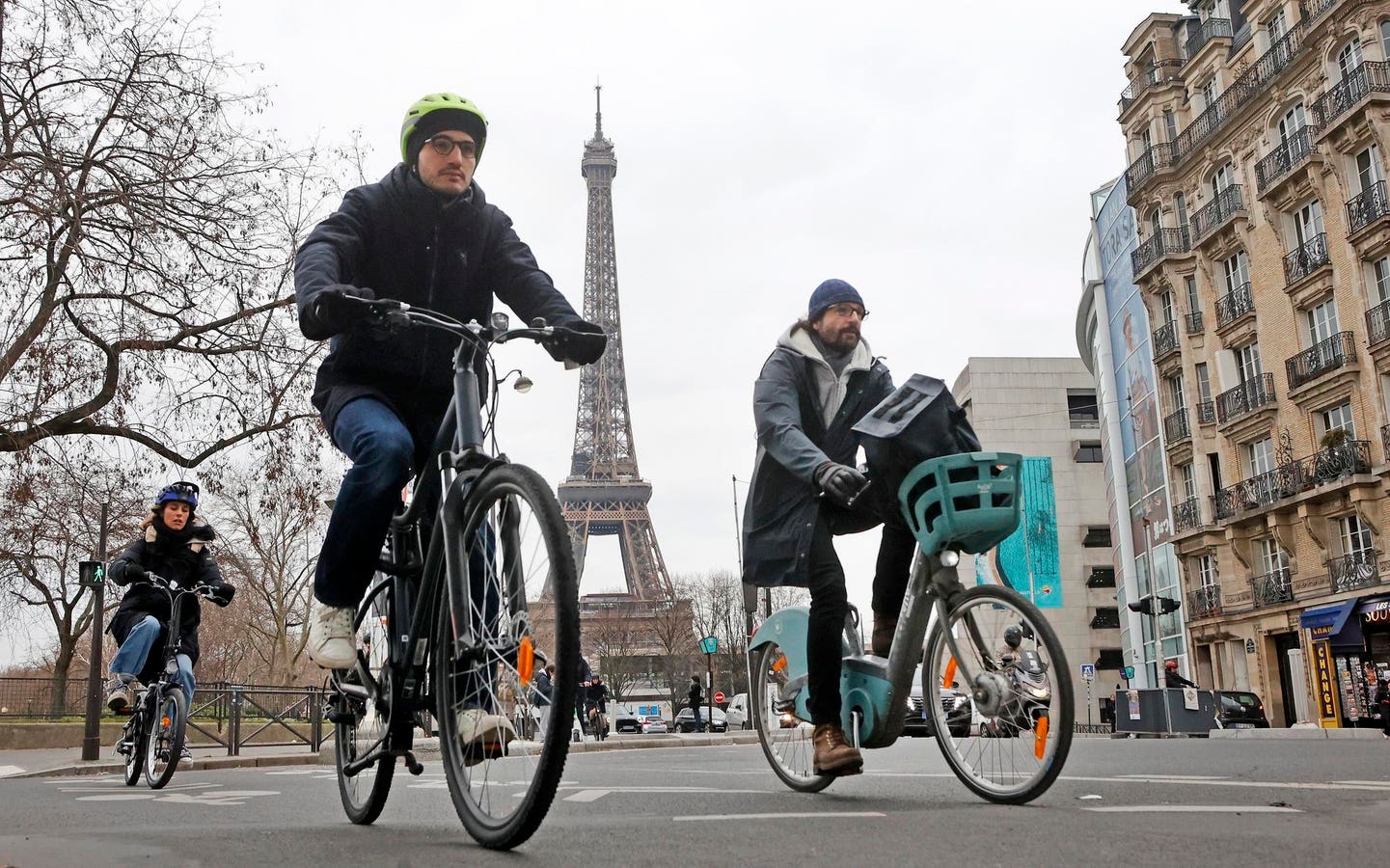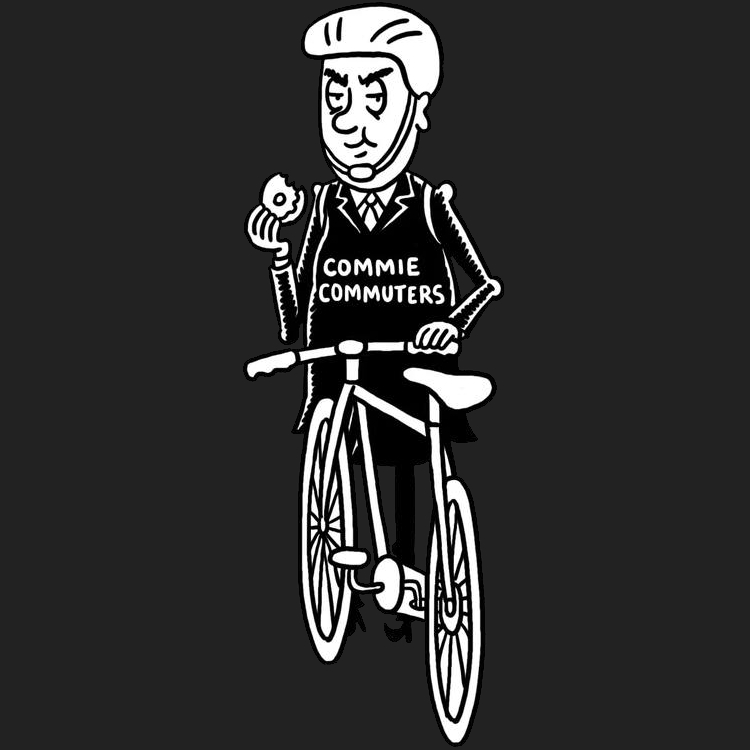Based AF
With their recent bike lane overhauls this makes total sense to me
I just wish the NIMBYs in my neck of the woods would realize that such a thing is awesome for people
 Oui… hon hon hon… OUI!
Oui… hon hon hon… OUI!Didn’t they do some big bike lanes conversions?
Yes, hundreds of miles in a year connecting disparate lanes into a cohesive network.
Meanwhile NYC failed to put in 50 miles then immediately swept it under the rug and abandoned the plan.
I’ve heard NYC had a good cycling culture. what’s it like on the ground there?
It’s improving but there are too many bicycle gutters (“share rows”) and our network has a lot of really risky exchanges that you have to cross to get back into protected paths.
Cyclists are regularly killed in the city by drivers.
Yes, one of the most notable ones is Rue de Rivoli
Not just bikes did a video on it, apparently they did a lot of stuff in a very short amount of time
A great development!
LET’S EFFIN GOOOOO!! I wish we could do something like that here 😭
The worst part is, you could. You just don’t. (Not talking about you personally, just your city)
As long as everyone obeys traffic laws.
Yeah, wouldn’t want those rule breaking drivers to hit any cyclists. Thankfully more cyclists means fewer drivers.
Exactly.
Everyone
So here’s the thing – NotJustBikes makes this point frequently – you can’t trust that people are going to do the right thing. This is why painted bicycle gutters do not work. The way to combat drivers hitting people is to design the infrastructure in such a way that it’s difficult to do things the wrong and dangerous way. Grade-separated bike paths, level crossings for people not in cars, and lower speeds for cars (forced with narrower roads and traffic calming) are probably the 3 biggest things to contribute to this. From what I saw, Paris has, at the very least, curbs and flexi-posts separating bike lanes which are good starts. They also, admirably, took away some lanes for bikes instead which is GREAT.
When you introduce these, the danger goes down significantly and people feel a lot more comfortable taking their bike places they might normally take a car to. The reason for this is that motorists feel endangered if they drive faster or in a dangerous way. That’s what we want, because history and traffic studies have shown time and time again that the only time the majority of drivers change their behaviour is when they feel that doing differently will damage their car.
The final step to ensuring safety is making bike networks that are different from the car networks. Getting people on bikes to their destination faster than cars. Keeping them entirely separate from cars in a lot of their journey. Making cars go around the “long way”, which paradoxically decreases traffic and makes driving an all around nicer experience. Decreasing the conflicts between different types of traffic is ideal.
There’s lots more besides this, such as pedestrian/cyclist-leading cross signals, Dutch roundabouts which are built in a different way to make biking around them easier and safer, and varying road materials such as brick to make drivers once again feel uncomfortable going fast, there’s TONS of solutions that when combined make travelling safer for ALL.
Just asking people to follow laws will never be enough. Luckily, that’s not even close to the only option, although it might be hard to imagine for North Americans.
As long as everyone attempts to obey street laws and both cars and bikes respect each other. “Share the road” etc. signal, have lights at night, pass on the left.
Read it again. Asking doesn’t work. Infrastructure does.
Wishful thinking.
Not at all. The Netherlands does LITERALLY all of those things.







